Compliances Under Companies Act for Unlisted Public Companies
- Blog|Advisory|Company Law|
- 5 Min Read
- By Taxmann
- |
- Last Updated on 21 November, 2024
Compliances for Unlisted Public Companies include a variety of statutory obligations under the Companies Act, 2013. Key requirements include filing declarations (e.g., INC-20A for commencement of business), annual returns (MGT-7), financial statements (AOC-4), and resolutions (MGT-14). Directors must complete KYC (DIR-3 KYC) and disclose interests (MBP-1). Companies must appoint auditors (ADT-1), submit half-yearly reports (e.g., PAS-6 for share capital reconciliation), and file forms for outstanding payments to MSMEs (MSME-1). Additionally, unlisted companies must hold AGMs, ensure compliance with board meeting norms, and adhere to rules for deposits (DPT-3). Non-compliance may lead to penalties, emphasizing the importance of tracking due dates diligently.
By Taxmann’s Advisory and Research Team | Corporate Laws
Table of Contents
1. Introduction
With the introduction of the Companies Act, 2013, in 2014, the compliance burden of every Company has increased substantially irrespective of its nature, be it a Private Limited Company, Public Limited Company, Listed Company, Small Company, Section-8 Company, or One-Person Company (OPC).
In order to increase transparency in reporting, the MCA and SEBI frequently come out with new amendments by way of circulars and notifications. Companies must adhere to all the applicable compliances within the specified due dates. Any non-compliance on the part of companies often results in heavy penalties. It is a good practice to track the relevant compliances as per the applicable provisions of the Companies Act, 2013/SEBI as the case may be.
Under the Companies Act 2013, various compliances must be done on a time-to-time basis. For a better understanding of the same, we have categorised the various Compliances on the following basis:
- Event-based Compliance: Compliance is to be done upon the occurrence or happening of a certain event, like filing E-form INC-22 upon shifting the company’s registered office.
- Time-based Compliance: Compliances are to be done on an annual, half-yearly, and quarterly basis, like the Filing of E-form AOC-4 and MGT-7.
- Specific Criteria-Based Compliance: Some compliances are based on paid-up share capital, turnover, or any other specific requirement, such as filing E-Form AOC-4 (XBRL) or appointing a Company Secretary.
In addition to the above-mentioned compliances, a listed company is also required to make various Quarterly, half-yearly, and event-based compliances and disclosures under the following regulations:
- SEBI (Listing Obligations and Disclosure Requirements) Regulations 2015.
- Compliances under SEBI (Depositories and Participants) Regulations, 2018
- Compliances under SEBI (Substantial Acquisition of Shares and Takeovers) Regulations, 2011
- Compliances under SEBI (Prohibition of Insider Trading) Regulations, 2015
This write-up also discusses in detail the compliances w.r.t. to holding of Annual General Meeting (AGM), Minimum no. of Board Meetings/Committee Meetings as required under the Law.
2. Compliances Applicable to Unlisted Public Companies
| Applicable law | Triggering Provision | Compliance | Statutory Timeline | Due Date | Required Form | Reporting Authority |
| Companies Act, 2013 | Section 10A | Declaration of commencement of business | Within 180 days from the incorporation date | Within 180 days from the incorporation date | INC-20A | ROC |
| Section 12 | Notice of Change of the Situation of Registered Office | Within 30 days of the change of address | Within 30 days of the change of address | INC-22 | ROC | |
| Section 89(6)
|
Return to Registrar for declaration received under Section 89 | Within 30 days from the receipt of the declaration by the company | Within 30 days from the receipt of the declaration by the company | MGT-6 | ROC | |
| Section 90(4) | Return of Significant Beneficial Owners of the Company | Within 30 days from the receipt of the declaration by the company | Within 30 days from the receipt of the declaration by the company | BEN-2 | ROC | |
| Section 92 | Filing of annual return | To be filed within 60 days from the conclusion of AGM | Within 60 days from the date of the AGM | E-Form MGT-7 | ROC | |
| Rule 12A of Companies (Appointment and Qualification of Directors) Rules 2014 | Directors’ KYC by every Individual who holds a DIN | Within 6 months from the end of the financial year | 30th September | DIR-3 KYC | ROC | |
| Section 117 | Filing of Resolutions and agreements to the Registrar | Within 30 days of the passing of the resolution/entering into agreement | Within 30 days of the passing of the resolution/entering into an agreement | MGT-14 | ROC | |
| Section 137 | Filing of annual accounts | 30 days of the date of the AGM | Within 30 days of the date of the AGM | AOC-4/AOC-4 CFS/AO-4 XBRL | ROC | |
| Section 139(1) | Notice to the Registrar by the company for appointment of an auditor | Within 15 days of the appointment of an auditor | Within 15 days of the appointment of an auditor | ADT-1 | ROC | |
| Section 139(6) | Appointment of First Statutory Auditor | Appoint within 30 days from the incorporation date | NA | NA | NA | |
| Section 140 | Notice of resignation by the auditor | Within 30 days from the date of the resignation | Within 30 days from the date of the resignation | ADT-3 | ROC | |
| Section 152 | Appointment or resignation of Director/Key Managerial Personnel (KMP) | Within 30 days of the Board meeting or general meeting in which appointed, as the case may be | Within 30 days of appointment or resignation | DIR-12 | ROC | |
| Section 152 read with Rule 14 of the Companies (Appointment and Qualification of Directors) Rules, 2014 | Disclosure of disqualifications under Section 164 | To be given at the time of director’s appointment/reappointment and also at 1st board meeting of every Financial Year | To be given at the time of director’s appointmen/reappointment and also at 1st board meeting of every Financial Year | DIR-8 | NA, as the Director concerned, is required to disclose this to the Company | |
|
|
Section 179 (3) (g) | Adoption of Financials and Director Report
|
Within 30 days of the Board Meeting approving the Financial Statement and Board Report | Within 30 days of the Board Meeting approving the Financial Statement | MGT-14 | ROC |
| Rule 9A of Companies (Prospectus and Allotment of Securities) Rules, 2014 | Reconciliation of Share Capital Audit Report (Half-Yearly) | Within 60 days from the conclusion of each half year | 30th May (For Oct-Mar)
29th November (For April-Sep) |
PAS-6 | ROC | |
| Order dated 22 January 2019 issued under Section 405 | Return in respect of outstanding payments to Micro or Small Enterprise | Within 1 month from the conclusion of each half year | 31st October (For April-Sep)
30th April (For Oct-Mar) |
MSME-1 | ROC | |
| Rule 5 (8) of IEPF Authority (Accounting, Audit, Transfer and Refund) Rules, 2016 | Statement of unclaimed and unpaid amounts as specified in section 125 | Within a period of 60 days after the holding of AGM | Within a period of 60 days after the holding of AGM | IEPF-2 | IEPFA | |
| Rule 16 of Companies (Acceptance of Deposits) Rules, 2014 | Return of deposit or particulars of transaction not considered as deposit or both | On or before 30th June of every year | 30th June | DPT-3 | ROC | |
| Section 184 read with Rule 9(1) of the Companies (Meeting of Board and its powers) Rules, 2014 | Disclosure of Interest by Director | 1st Board Meeting and whenever there is a change in the disclosures already made | 1st Board Meeting and whenever there is a change in the disclosures already made | MBP-1 | NA, as the Director concerned, is required to disclose this to the Company |
Dive Deeper
Compliances Under Companies Act for Private Limited Companies
Compliances Under Companies Act for Section 8 Companies
Compliances Under Companies Act for One Person Company (OPC) and Small Company
Compliances Under Companies Act for Listed Companies
Compliances Based on Threshold Limits Under Companies Act
Disclaimer: The content/information published on the website is only for general information of the user and shall not be construed as legal advice. While the Taxmann has exercised reasonable efforts to ensure the veracity of information/content published, Taxmann shall be under no liability in any manner whatsoever for incorrect information, if any.
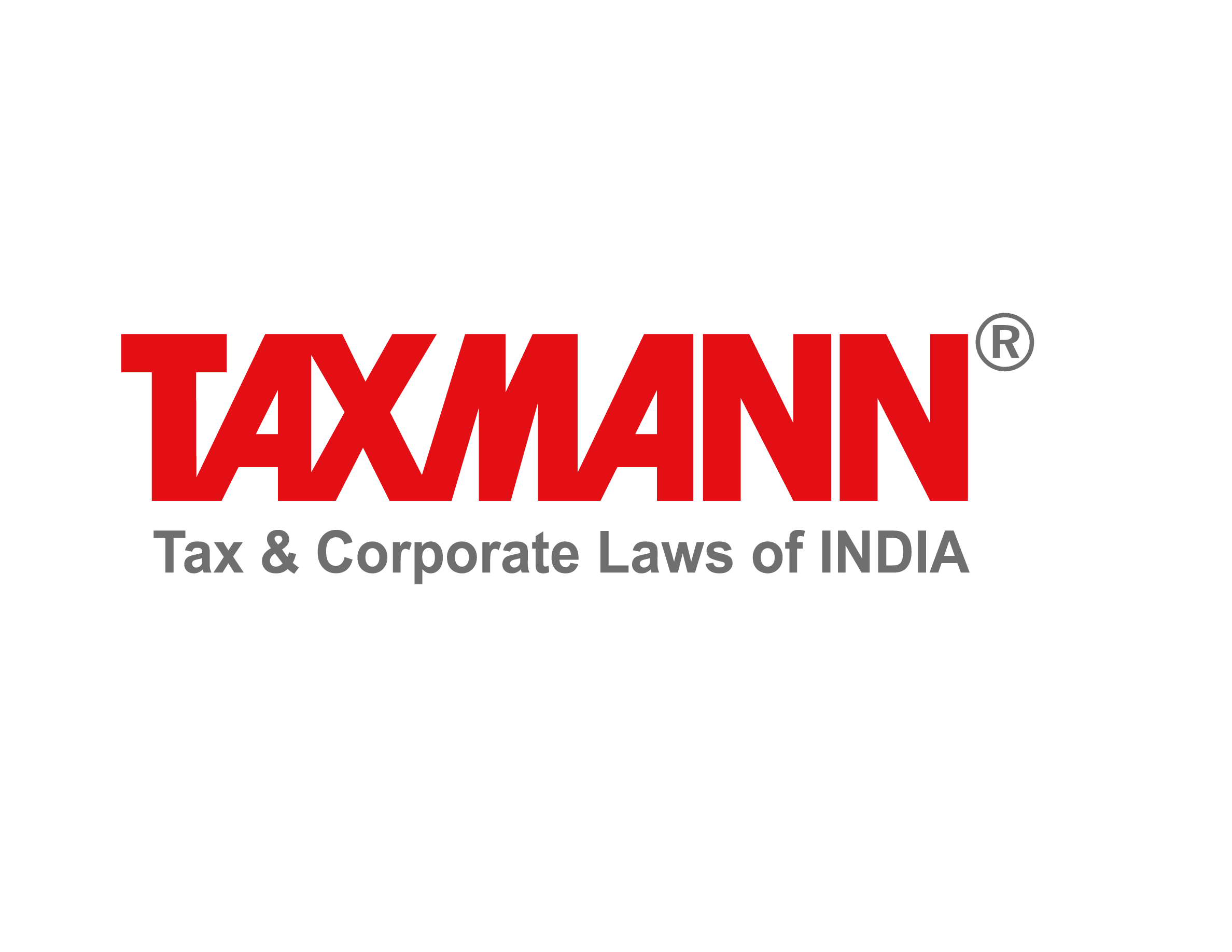
Taxmann Publications has a dedicated in-house Research & Editorial Team. This team consists of a team of Chartered Accountants, Company Secretaries, and Lawyers. This team works under the guidance and supervision of editor-in-chief Mr Rakesh Bhargava.
The Research and Editorial Team is responsible for developing reliable and accurate content for the readers. The team follows the six-sigma approach to achieve the benchmark of zero error in its publications and research platforms. The team ensures that the following publication guidelines are thoroughly followed while developing the content:
- The statutory material is obtained only from the authorized and reliable sources
- All the latest developments in the judicial and legislative fields are covered
- Prepare the analytical write-ups on current, controversial, and important issues to help the readers to understand the concept and its implications
- Every content published by Taxmann is complete, accurate and lucid
- All evidence-based statements are supported with proper reference to Section, Circular No., Notification No. or citations
- The golden rules of grammar, style and consistency are thoroughly followed
- Font and size that’s easy to read and remain consistent across all imprint and digital publications are applied
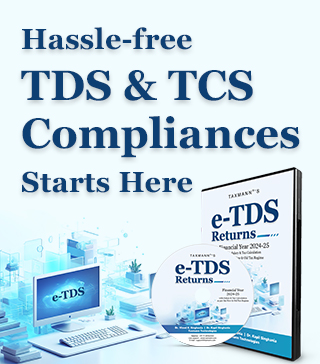


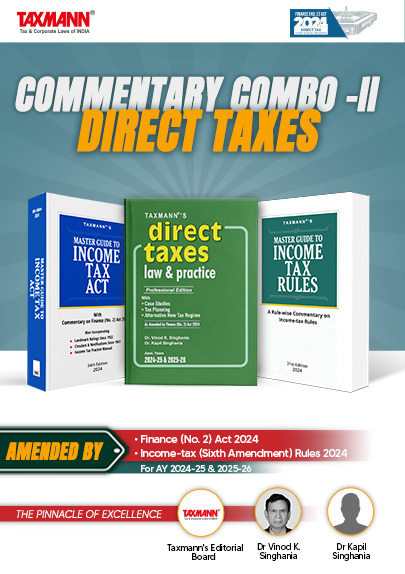
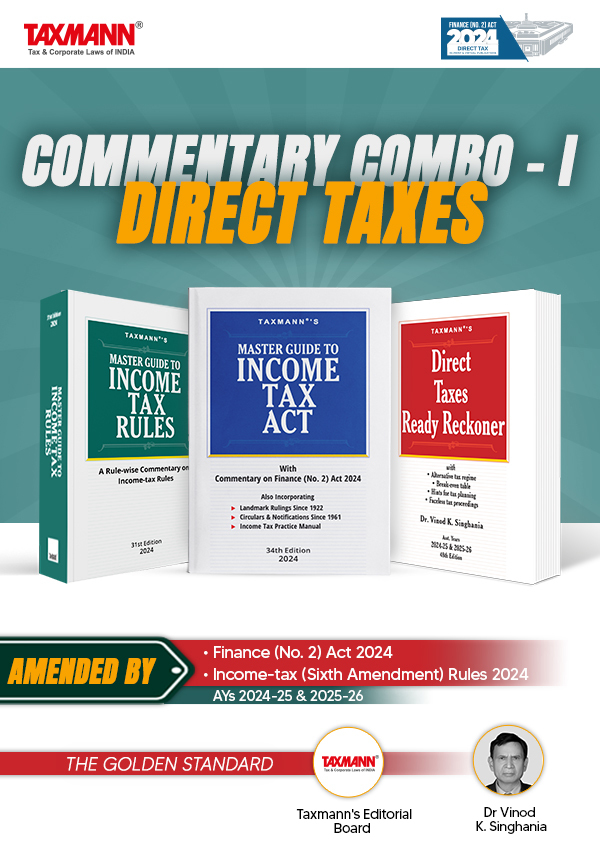
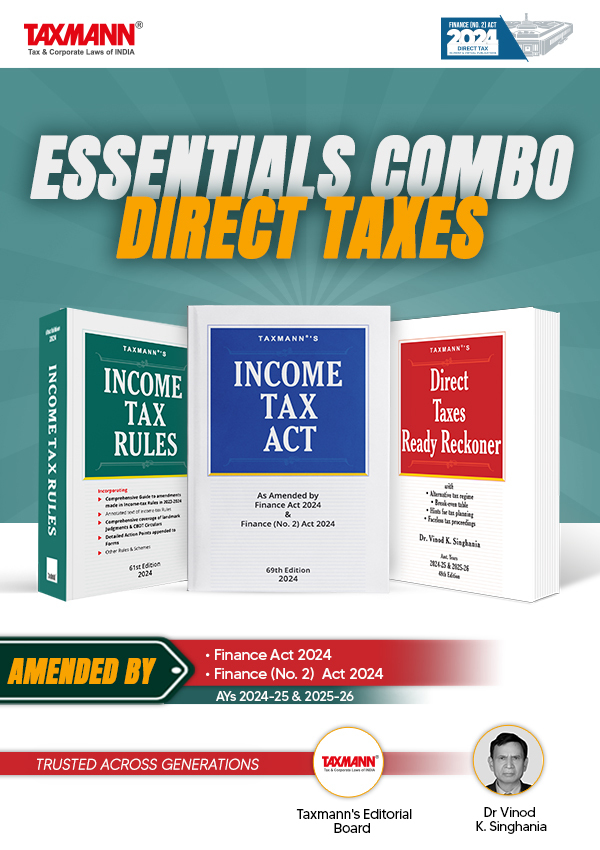
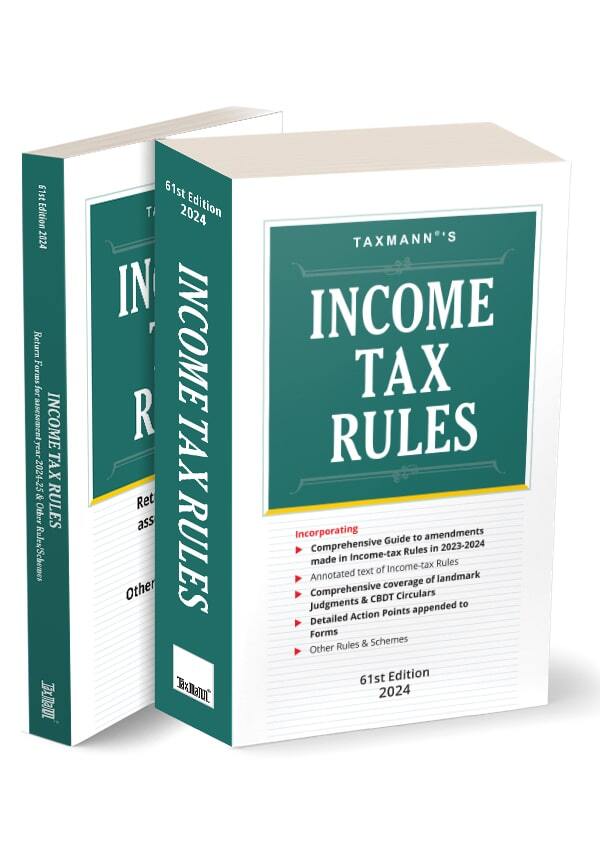


 CA | CS | CMA
CA | CS | CMA



3 thoughts on “Compliances Under Companies Act for Unlisted Public Companies”